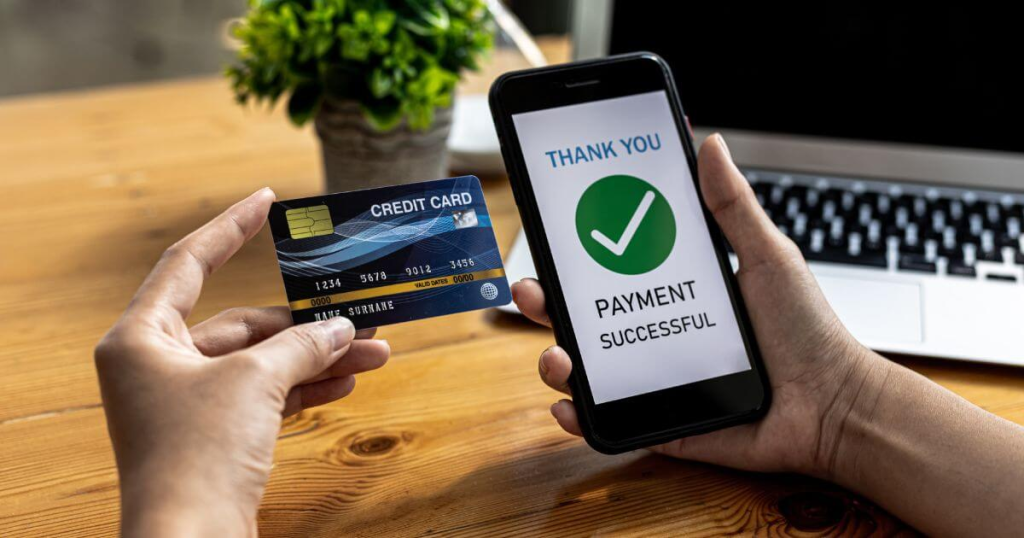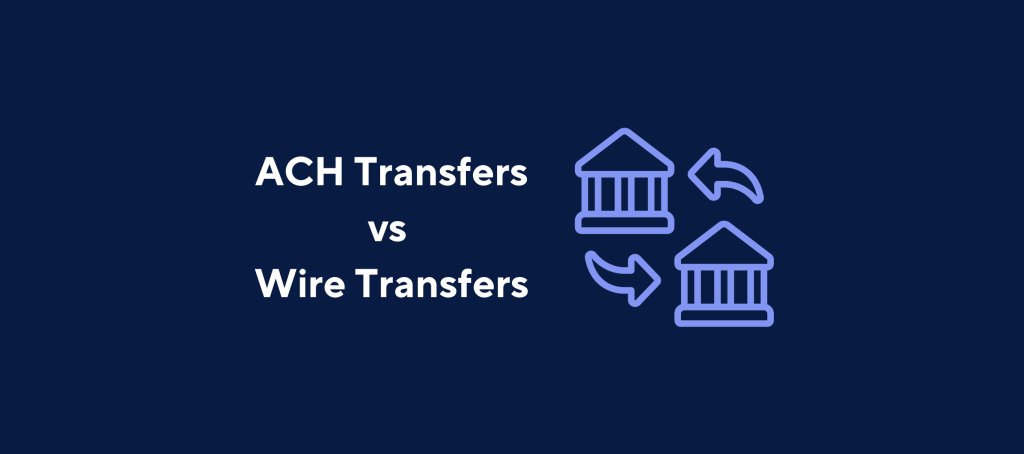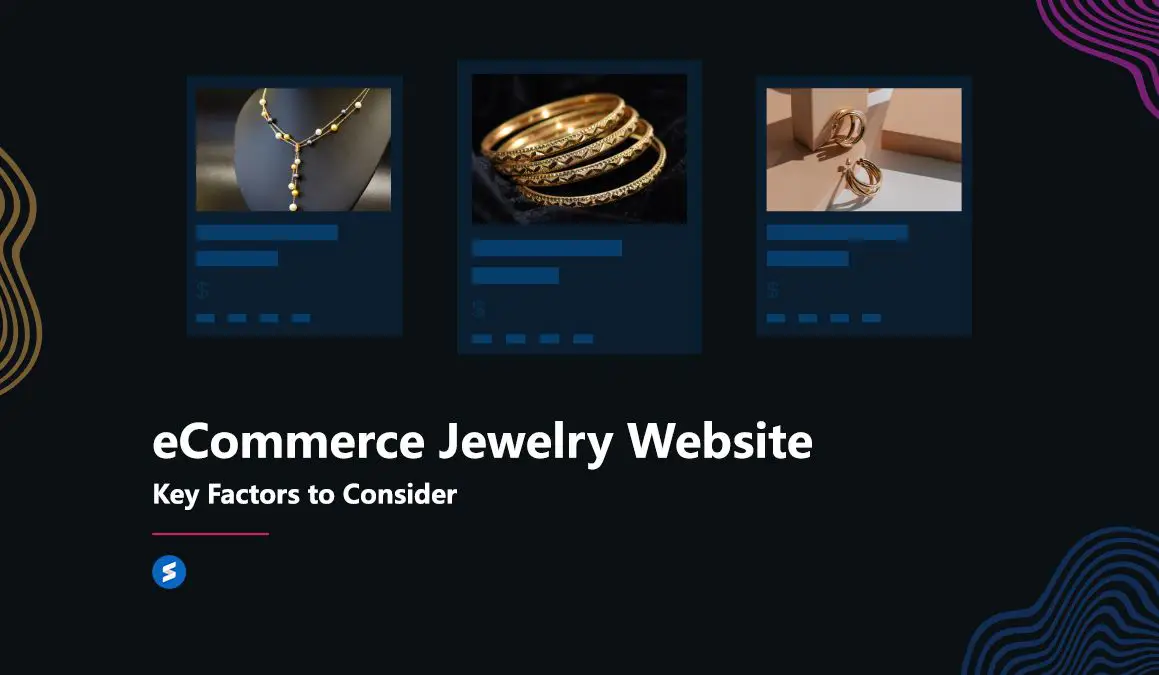HIMARI JONSON
30 DEC, 2024
The Importance of Payment Solutions in Jewelry E-Commerce
In the fast-paced digital marketplace[1], providing a seamless payment process is not just a convenience—it’s a necessity. Jewelry customers expect an experience as luxurious as the products they are purchasing. A smooth, secure, and user-friendly payment solution can build customer trust and encourage repeat business. Additionally, the right system can improve operational efficiency by automating payment[2] processing, reducing errors, and lowering transaction costs.
Key Considerations for Jewelry E-Commerce Payment Solutions
When choosing a payment solution for a jewelry[3] business, several factors should be considered:
- Security: Jewelry transactions often involve high-value purchases, so ensuring customer data is secure is paramount.
- Multiple Payment Methods: Offering various payment options caters to a wider audience, including credit cards, PayPal, digital wallets[4], and even cryptocurrency.
- Mobile Compatibility: More shoppers are buying jewelry via mobile devices, so it’s crucial that payment systems are mobile-optimized.
- International Transactions: If your jewelry business operates globally, it’s important to have a payment solution that supports multiple currencies[5] and international transactions.
Types of Payment Solutions for Jewelry E-Commerce

Credit and Debit Card Payment Gateways
Credit and debit cards are the most common forms of online payment, especially for high-ticket items like jewelry. To accept card payments on your website, you’ll need to integrate a payment gateway that processes card transactions securely.
Benefits:
- Widely Accepted: Virtually all customers are familiar with using cards for online shopping.
- Convenience: Quick and easy checkout process.
- Security: Payment gateways like Stripe and Square offer PCI DSS compliance, ensuring secure transactions.
Popular Options:
- Stripe: Known for its easy integration, Stripe provides secure card processing and global payment support.
- Square: Square offers simple, transparent pricing and fast processing times.
PayPal and Other Digital Wallets
Digital wallets such as PayPal, Apple Pay, and Google Pay are growing in popularity due to their ease of use and added security features. These payment methods offer an excellent alternative to credit cards, as they allow customers to pay using their pre-stored information, eliminating the need to input card details every time.
Benefits:
- Faster Transactions: With one-click payments, customers can complete their purchases swiftly.
- Security: Digital wallets offer an added layer of security by masking sensitive card details.
- Global Reach: PayPal and similar platforms support cross-border payments, allowing jewelry e-commerce stores to sell worldwide.
Popular Options:
- PayPal: Widely trusted and used globally, PayPal supports multiple currencies and provides buyer protection.
- Apple Pay/Google Pay: Ideal for mobile users, these wallets provide secure and quick payment processing.
Buy Now, Pay Later (BNPL)
Buy Now, Pay Later (BNPL) services are becoming increasingly popular, particularly for high-ticket items like jewelry. Services like Afterpay, Klarna, and Affirm allow customers to split their payments into interest-free installments.

Benefits:
- Increased Conversion Rates: Customers are more likely to complete their purchases when offered flexible payment options.
- Higher Order Value: Jewelry buyers are more inclined to purchase expensive items when they can pay over time.
- Customer Loyalty: BNPL options encourage repeat business as customers return for more installments.
Popular Options:
- Afterpay: Afterpay allows customers to pay in four equal installments, making it a popular choice for jewelry businesses.
- Klarna: Klarna offers various BNPL plans, including options for longer-term payments.
Cryptocurrency Payments
With the rise of blockchain technology, many e-commerce stores are beginning to accept cryptocurrencies like Bitcoin, Ethereum, and Litecoin. Jewelry businesses, particularly those catering to tech-savvy or high-net-worth individuals, may benefit from offering cryptocurrency as a payment option.
Benefits:
- Low Transaction Fees: Cryptocurrencies often have lower transaction fees compared to traditional payment methods.
- Appeal to Niche Markets: Accepting cryptocurrency can attract a younger, more tech-savvy demographic.
- Security: Blockchain technology ensures secure and tamper-proof transactions.
Popular Options:
- BitPay: A payment gateway that allows businesses to accept cryptocurrency payments, converting them to the local currency if desired.
- CoinGate: Offers an easy way for e-commerce businesses to accept Bitcoin and other cryptocurrencies.
Bank Transfers and ACH Payments
For larger jewelry purchases, bank transfers or ACH (Automated Clearing House) payments might be an option to consider. These methods are often used for high-value transactions where credit card fees are a concern.
Benefits:

- Low Fees: Bank transfers typically incur lower fees than credit card payments.
- Suitable for High-Value Transactions: ACH payments can accommodate larger sums without the high fees associated with card transactions.
Popular Options:
- TransferWise: Ideal for international bank transfers, TransferWise offers lower fees than traditional bank transfers.
- ACH Payments: U.S. customers can use ACH for direct transfers from their bank accounts, ensuring fast and secure payments.
Integrating Payment Solutions into Your Jewelry E-Commerce Store
Seamless User Experience
Integrating payment solutions should be a seamless part of the online shopping experience. The process should be simple, intuitive, and quick, ensuring that customers can easily complete their transactions without frustration.
Mobile Optimization
Given the increasing number of mobile shoppers, ensure that your payment solution is mobile-optimized. This includes offering mobile-friendly payment options such as Apple Pay, Google Pay, and mobile-specific checkout flows.
Multi-Currency and Multi-Language Support
If your jewelry e-commerce store operates internationally, choose a payment solution that supports multiple currencies and languages. This enables customers from around the world to shop with ease and confidence.
Conclusion
Choosing the right payment solutions for a jewelry e-commerce business is more than just offering multiple payment methods. It’s about enhancing the customer experience, ensuring security, and building trust. By integrating a combination of credit card gateways, digital wallets, BNPL services, and other modern payment options, jewelry businesses can offer a seamless, secure, and customer-friendly shopping experience. With the right payment infrastructure in place, your jewelry store can scale, enhance customer satisfaction, and boost sales.
FAQ
What payment methods should I offer on my jewelry e-commerce website?
To cater to a broad customer base, it’s ideal to offer a variety of payment methods, including:
- Credit and Debit Cards: The most widely accepted form of payment, offering ease of use.
- Digital Wallets (e.g., PayPal, Apple Pay, Google Pay): Provide quick and secure payments with stored card information.
- Buy Now, Pay Later (BNPL): Services like Klarna, Afterpay, and Affirm allow customers to pay in installments, increasing sales for high-ticket items.
- Cryptocurrency: If targeting tech-savvy or niche markets, accepting cryptocurrency can set your business apart.
- Bank Transfers/ACH Payments: Ideal for high-value transactions, especially for customers who want to avoid credit card fees.
How do I ensure secure payment processing for my jewelry business?
Security is a top concern in jewelry e-commerce, especially when dealing with high-value items. To ensure secure payment processing:
- Use PCI DSS-Compliant Gateways: Payment processors like Stripe and Square are PCI DSS compliant, meaning they meet strict security standards.
- SSL Encryption: Implement SSL certificates on your website to protect customer data during transmission.
- Two-Factor Authentication (2FA): For higher-value transactions, 2FA can be used to add an additional layer of security.
- Fraud Prevention Tools: Use payment solutions that offer fraud detection and prevention features to minimize the risk of fraudulent transactions.
Can I accept international payments on my jewelry e-commerce site?
Yes, many payment solutions allow you to accept international payments. Platforms like PayPal, Stripe, and Square support multiple currencies, making it easier for jewelry businesses to sell globally.
When accepting international payments, consider the following:
- Currency Conversion Fees: Be aware that payment processors might charge fees for currency conversion.
- Cross-Border Compliance: Ensure your payment system complies with international laws and regulations, such as data protection and tax requirements.
What is the best Buy Now, Pay Later (BNPL) option for jewelry businesses?
Buy Now, Pay Later services can be a great option for selling high-value jewelry, as they allow customers to split their payments over time. The best BNPL service for your jewelry business depends on your target audience and preferences, but some popular options include:
- Afterpay: Offers interest-free installments, making it a popular choice for jewelry customers.
- Klarna: Provides flexible payment plans, including options for longer-term payments, and is known for its user-friendly interface.
- Affirm: Known for offering longer-term financing options, which can appeal to customers buying more expensive jewelry.
How do I integrate payment solutions into my jewelry e-commerce website?
Integrating payment solutions typically involves:
- Choosing a Payment Processor: Select a payment gateway provider (like Stripe, PayPal, or Square) based on your needs (e.g., ease of integration, supported payment methods, and fees).
- Integration with E-Commerce Platform: Most e-commerce platforms like Shopify, WooCommerce, and BigCommerce offer plugins or built-in integrations with popular payment processors, making integration relatively easy.
- Testing: After integration, conduct thorough testing to ensure that the payment system functions smoothly and securely, especially with real transactions.
- Optimizing for Mobile: Many jewelry customers shop on mobile devices, so ensure that the payment solution is optimized for mobile users.




